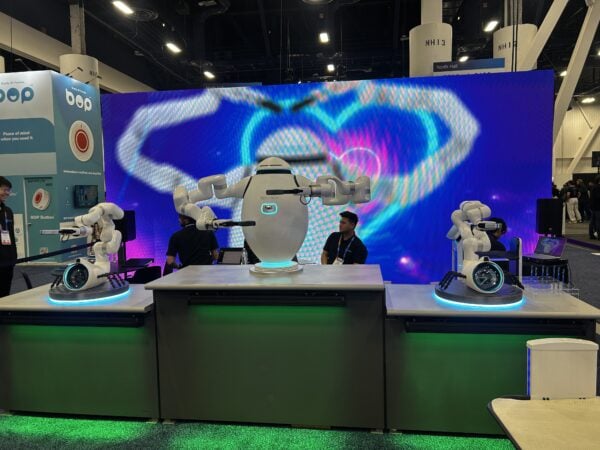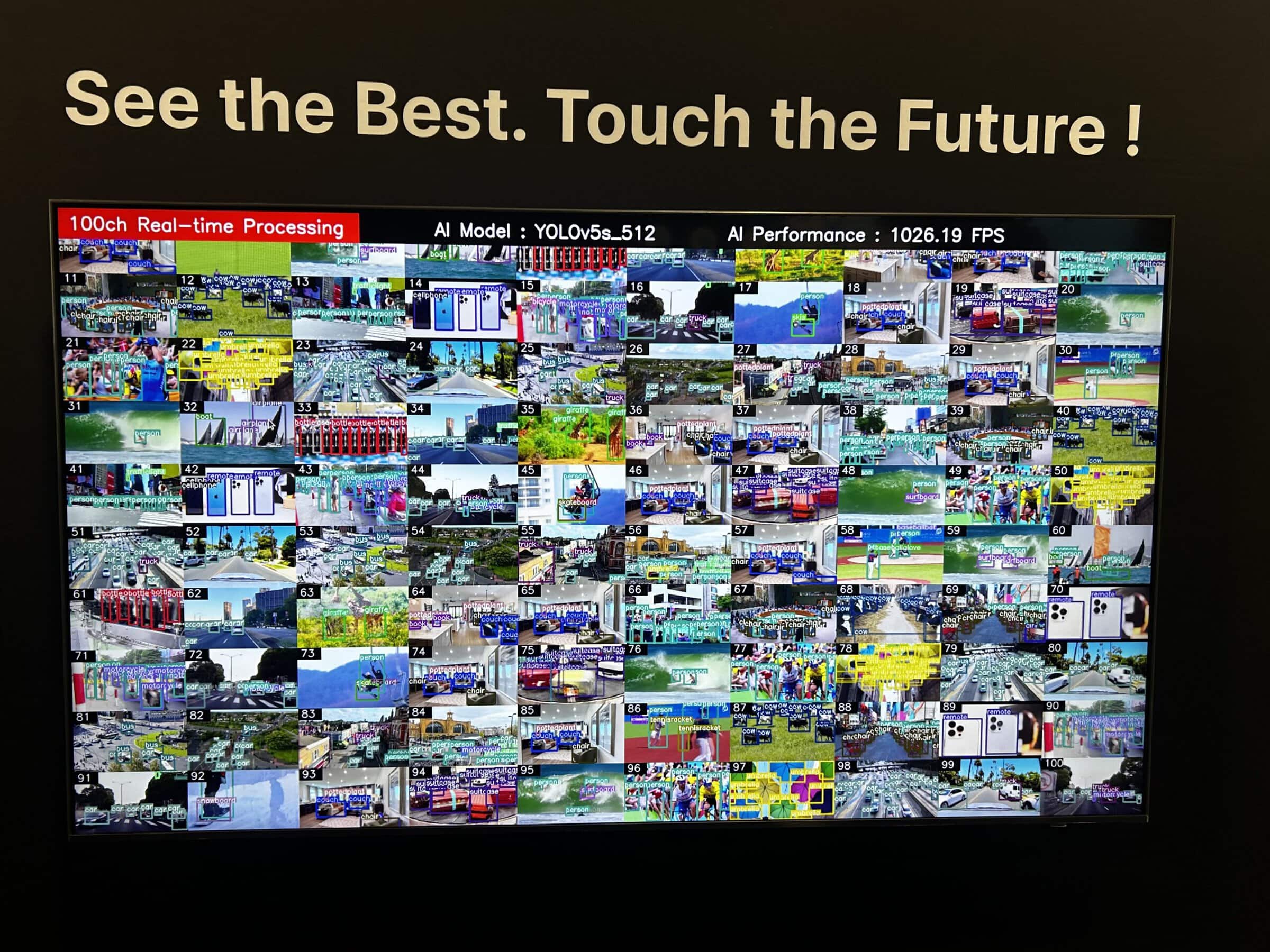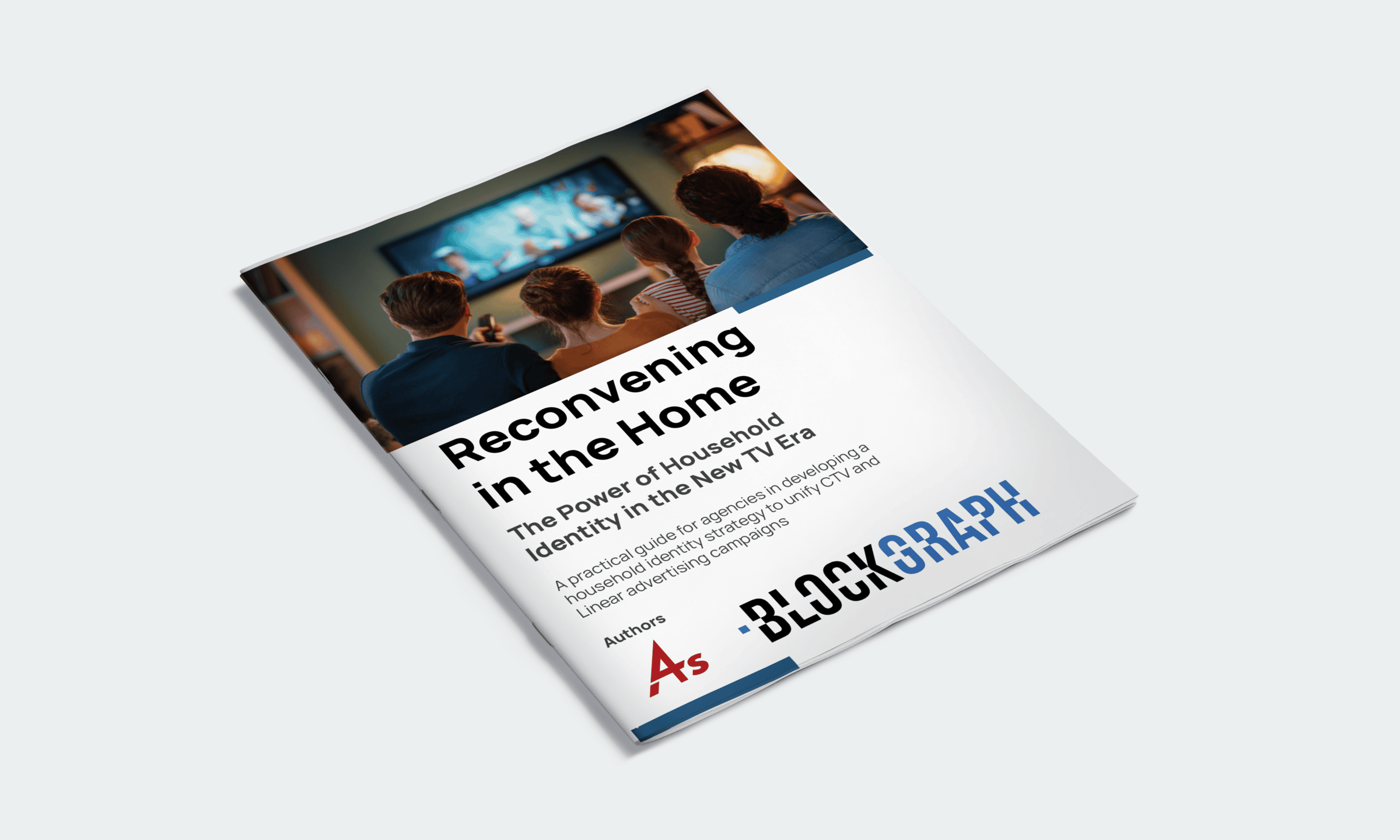Author
Jeremy Lockhorn
SVP, Creative Technologies & Innovation, 4As
Topic
- Artificial Intelligence
- CX (Customer Experience)
- Future of the Industry
- Strategy
- Technology
Discipline
- Brand Strategy
- Content Production
- Creative
- Customer Experience (CX)
- Digital
- Strategy
- Technology
Introduction
Watch the video created using HeyGen for key takeaways from CES 2025 and the central themes and implications for agencies.
CES 2025 continued to cement its reputation as the tech industry’s largest stage for unveiling trends that redefine both consumer and business landscapes. While the show lacked groundbreaking product categories, the incremental advancements presented were anything but trivial. As always, CES 2025 provided a glimpse of how technology will impact daily life over the next 3-5 years, showcasing everything from smarter appliances to health-focused wearables and advanced mobility solutions. Specific gadgets are not the important thing here, though – it is the underlying trends, and the trajectory that they set us on – that are crucial to understand. This enables us to envision changes in consumer behavior over time. For advertising and communications agencies navigating rapid technological evolution, CES is also increasingly becoming a blueprint for rethinking workflows, pricing models, and creative strategies. Let’s explore a few key themes and more detailed implications for agencies.
Key Themes from CES 2025
Incremental Innovation Prevails
Rather than delivering splashy new hardware or paradigm-shifting products, CES 2025 showcased steady, meaningful progress, with a continued skew towards software over hardware innovation. AI integration was a ubiquitous thread. LG and Samsung, for instance, emphasized the seamless incorporation of AI in their consumer devices, such as AI-enhanced laptops, appliances and smarter television interfaces.
Beyond the AI Hype
Artificial intelligence again took center stage in almost every product category. This is not new at CES; it has been a recurring theme for years, even before GenAI came to the fore. What stood out this year was the shift from theoretical possibilities to more practical applications. Sure, there are still far-fetched use cases that may never become real. But in and amongst those distractions were real demonstrations of how AI can enhance daily life. Samsung’s refrigerators now boast AI Vision for effortless grocery replenishment – take an item out and it automatically gets added to your Instacart order, which you can complete directly from the screen in the fridge. As this sort of shopping behavior becomes increasingly automated, how does a new brand get into the consideration set?
Enterprise Adoption and Integration of AI
CES also highlighted a growing emphasis on AI’s role in organizational transformation. Panels underscored that success with AI requires more than technological solutions; it demands full attention from leadership to help guide changes in workflows, organizational design, and, crucially, change management—a challenging area for many agencies. AI – and GenAI in particular, with its broad range of use cases – is frequently compared to other general purpose technologies like the steam engine. But it may well be bigger than that. Dr. Andrew Ng suggested years ago that AI is the new electricity, and CES made it clear that this is a very apt analogy. It will power everything we do, and yet the technology itself cannot be a differentiator – exactly because of its ubiquity. Differentiation must come from how you harness it, how you unleash it, how you partner with it – and perhaps most importantly, how you constrain and limit it. These are the keys to unlocking innovation with AI beyond the obvious productivity and efficiency gains.
Evolution of AI Interfaces
Text-based chatbots like ChatGPT, Gemini or Claude are the primary way that most people interact with today’s newest AI systems, but this is poised to change. Siri and Alexa, while not new, help to illustrate the progression toward multimodal AI, leveraging voice and (soon) vision for more deeply integrated experiences. Meta’s Ray-Ban smart glasses are another example, bringing evolving capabilities to a common wearable form factor. Halliday’s “Proactive AI Glasses”, revealed at CES, can listen to you and the world around you, and project relevant information on a tiny screen within your field of view. These interfaces promise to redefine consumer interactions, raising a critical question for agencies: what does the advertising model look like and what does it mean for the future of consumer engagement?
Agentic AI has been a frequent buzzword for the last few months, and it was again prominently featured in discussions at CES. In his keynote kicking off the show, NVIDIA CEO Jensen Huang called agentic AI “a multi-trillion dollar opportunity.” Autonomous AI agents, capable of operating with very little human oversight, and making their own decisions in order to achieve complex goals, may well be the next evolution of AI interface. But the term appears to lack a universally agreed upon definition. Some demos on the floor billing themselves as “agentic AI” struck me as nothing more than rules-based systems – “if this happens, then do that.” That’s not agentic AI, and probably not even really AI at all. Despite some misleading demos, though – true agentic AI is coming. And as consumers adopt these tools to help outsource purchasing decisions, brands and agencies may find themselves marketing to bots as much as humans.
The AI Branding Challenge
As manufacturers seek to differentiate their AI solutions, branding strategies are becoming more nuanced. From LG’s “Affectionate Intelligence” to Samsung’s Bixby, CES underscored how companies are attempting to humanize and distinguish their AI platforms. As big tech companies slap “AI” on everything while at the same time hiding AI behind other brand names, it risks creating confusion and complacency amongst consumers.
Content Provenance
CES brought renewed attention to the importance of content provenance—ensuring authenticity in a world where generative AI can create deepfakes and misinformation. Leaders from Microsoft and Publicis hosted an informative panel on this topic during CES, and the 4As released a new whitepaper summarizing months of research and conversation with member agencies and ecosystem stakeholders. It is an issue that begs for industry standards, but – as our paper highlights – much more industry discourse is required to develop a practical and scalable solution.

Advancements in Health and Aging Technology
Wearables and health-focused technologies were another CES highlight. Many products centered on extending “health span”—the number of years one remains healthy—using AI to improve accessibility and personalized preventative care with smart, connected diagnostic tools. Abbott’s new Lingo continuous glucose monitor is one example – helping people better understand metabolic health with 24/7 monitoring and analysis. And AARP’s booth was packed with dozens of startups showcasing how technology is transforming how we age.
Implications for Agencies
CES Evolved The role of CES for marketers has changed. It’s no longer just a showcase of how tech shapes consumer behavior; it’s also a guide to how technology transforms the way we work. For agencies, this dual focus makes CES indispensable for staying ahead of both market trends and operational best practices. While C-Space (the show’s dedicated track for marketers) is a logical center of gravity for agencies attending, we believe that it remains essential to actively engage on the main show floor as well. Yes, the gadget blogs cover everything in detail – but there is a difference between reading about a breakthrough and watching it happen in person.
Creativity Enhanced, Not Replaced A recurring theme at CES was the distinction between creativity and execution. While AI can streamline execution and generate content, human creativity remains irreplaceable. Agencies that embrace this division—leveraging AI for grunt work while honing human-led strategic thinking—will thrive. Our upcoming Decisions conference in Atlanta on February 12 will explore a related theme: “Data Informs, Creativity Delivers.”
The AI efficiency conversation is coming fast For years, the industry has wrestled with tough conversations about how AI-driven efficiencies will impact pricing models. At CES, these discussions moved into the open. Executives from Mastercard and leading agencies candidly addressed the pressure to align pricing strategies with AI’s potential to lower execution costs while unlocking new opportunities.
There will be a lot of talk this year about efficiency gains, and while we continue to believe that’s not the entire picture – there are already some significant efficiency numbers coming out. If your agency is not: a) already testing to determine where you can get more efficient with AI; and b) figuring out what that means to your technology/data investment strategy, cost structure and pricing model, you are at risk of getting locked into a model dictated by procurement on the client side. The industry is moving in this direction. Efficiency gains unlocked by AI are only one piece of a complex pricing puzzle, of course – a holistic view of total costs (including tech and data) must be considered, and balanced with value delivered to clients.
And, there is another path that can be followed: AI unlocking the previously impossible. This path runs in parallel to the efficiency path, and the most successful agencies over the next decade will figure out how to walk both. People may well still be the differentiator, but understanding the tools and implications is table stakes.
The 4As Blueprint for GenAI Implementation provides foundational strategies for testing and developing AI use cases, and our Preserving Value in the Age of GenAI shares key points of discussion to explore.
Marketing to AI, Not Just People As consumer adoption of AI agents grows, agencies must prepare for a future where marketing targets algorithms rather than individuals. This shift requires a rethink of strategies, similar to how SEO reshaped digital marketing in its early days. Understanding how AI agents evaluate products and make decisions will be critical.
Adapting to the Pace of Change Technology’s rapid evolution shows no signs of slowing down. Agencies need to strike a balance between keeping pace with emerging trends and adopting them thoughtfully. Borrowing from well-established innovation processes can help manage this balance, ensuring that agencies remain both agile and strategic. To discuss these processes and how they might apply to your agency, please reach out to your 4As representative.
Looking Forward
CES 2025 provided a compelling snapshot of where technology—and by extension, our industry—is headed. The themes of incremental innovation, ubiquitous AI, and workflow transformation underscore the importance of staying adaptive and informed. While the challenges are many, they are matched by exciting opportunities to redefine creativity, efficiency, and strategy.
As we look toward CES 2026, the focus will undoubtedly shift further toward applications of AI and other technologies that enable both consumers and businesses to operate smarter. Agencies that embrace this shift, investing in both human talent and technological tools, will find themselves well-positioned to thrive in an increasingly AI-driven world.
Watch these video updates featuring Jeremy Lockhorn’s digital doppelganger created using HeyGen to capture our observations during CES 2025:
3 key takeaways from the CES 2025 show floor
A few of our faves from CES 2025 and an important issue we’ve got to talk about





